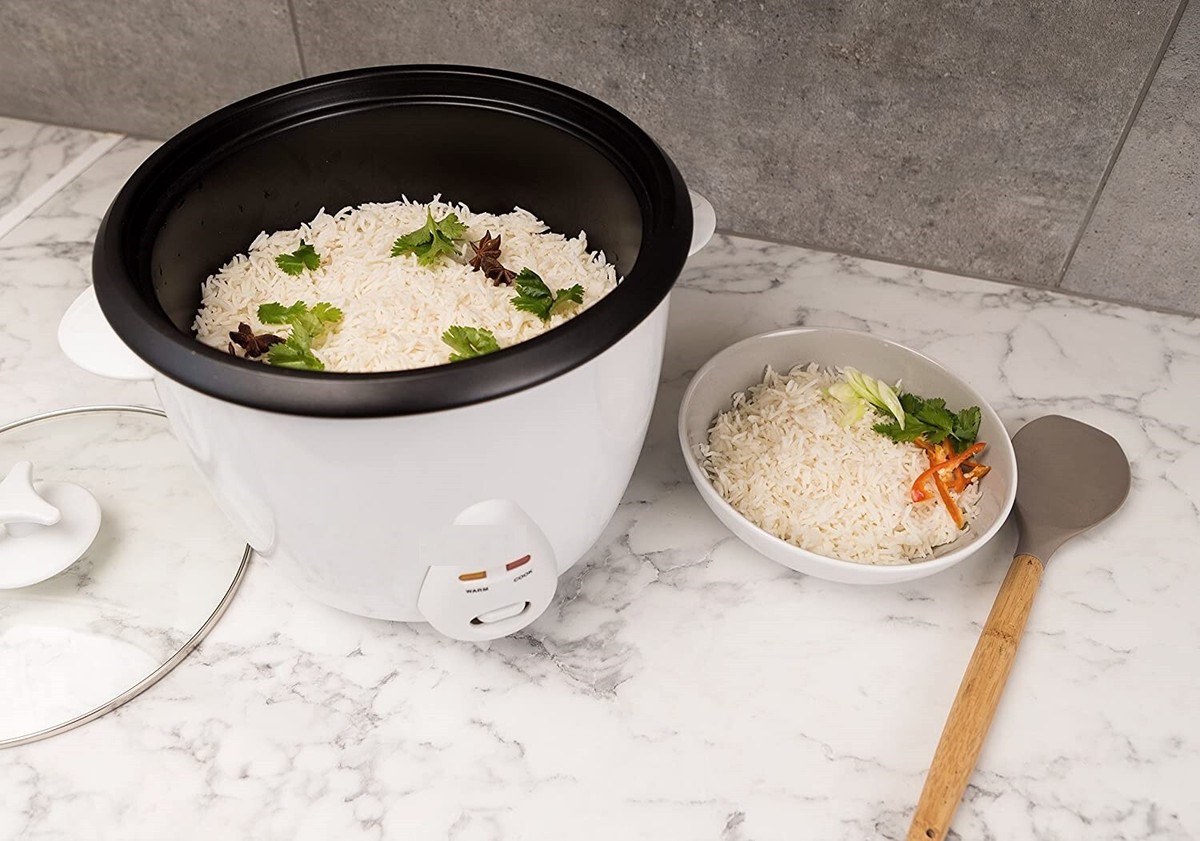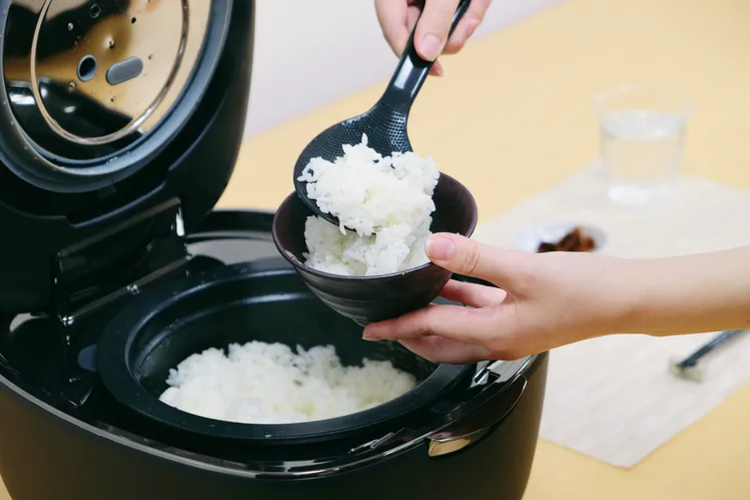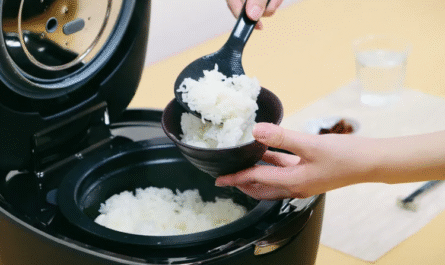For many sushi lovers, incorporating more vegetables into meals can be a delightful experience. One of the simplest ways to achieve this is by learning how to steam vegetables in a rice cooker. This method not only enhances the nutritional value of your meals but also complements the delicate flavors of sushi.
Steaming vegetables in a rice cooker is a game-changer for those who seek convenience and efficiency in their cooking routines. In this guide, we will explore the steps involved in steaming vegetables using a rice cooker, ensuring that you can enjoy perfectly cooked veggies every time. Well also delve into the benefits of steaming and provide some tips to make the process seamless. To get started, let’s dive into the world of steamed vegetables and rice cookers.

Understanding the Basics of Steaming Vegetables
Why Steaming Vegetables is Beneficial
Steaming is a cooking method that preserves the nutrients in vegetables, unlike boiling which can cause nutrient loss. Steamed vegetables retain more vitamins and minerals, making them a healthier option. Additionally, steaming enhances the natural flavors and colors of vegetables, making them more appealing and tasty.
Choosing the Right Vegetables for Steaming
Not all vegetables are ideal for steaming. It’s important to choose those that can hold their texture and flavor when cooked. Common vegetables for steaming include broccoli, carrots, peas, and bell peppers. These vegetables are not only nutritious but also pair well with sushi dishes.
Preparing Your Rice Cooker for Steaming
The Role of the Rice Cooker
A rice cooker is not just for cooking rice. Many models come with a steaming tray or basket, allowing you to steam vegetables effortlessly. If your rice cooker lacks this feature, you can purchase a separate steamer basket that fits inside.
Steps to Set Up Your Rice Cooker
Before steaming, ensure your rice cooker is clean and functional. Fill the cooker with water according to the manufacturer’s instructions. Place the steaming tray or basket inside, ensuring it does not touch the water. This setup prevents vegetables from becoming soggy.
The Steaming Process
Step-by-Step Guide
1. Wash and cut your vegetables into uniform pieces to ensure even cooking.
2. Arrange the vegetables in the steaming basket, creating a single layer for optimal steam circulation.
3. Close the rice cooker lid and turn it on. Most rice cookers automatically switch to ‘warm’ mode when the water evaporates, signaling that the vegetables are ready.
4. Carefully open the lid and check for doneness using a fork or knife. Adjust steaming time as needed for your preferred texture.
Tips for Perfectly Steamed Vegetables
To enhance the flavor, consider adding herbs or spices to the water before steaming. Lemon slices or garlic cloves can also infuse the vegetables with additional aroma and taste.
Integrating Steamed Vegetables with Sushi
Pairing Suggestions
Steamed vegetables can be a delightful addition to sushi recipes. Consider incorporating them into sushi rolls or serving them as a side dish. Their vibrant colors and flavors can elevate the presentation and taste of your sushi creations.
Recipe Ideas
Explore exciting recipes that integrate steamed vegetables with sushi. For inspiration, check out our guide on making a delicious Rice Burrito Bowl using leftover rice, or try a refreshing Cold Salad with a medley of veggies.
Maintaining Your Rice Cooker
Cleaning Tips
Regular cleaning of your rice cooker ensures it remains in top condition. After each use, unplug the appliance and allow it to cool. Remove and wash the steaming tray and inner pot with warm soapy water. Wipe the exterior with a damp cloth.
Checking for Maintenance Needs
Periodically inspect your rice cooker for any signs of wear or damage. Replace any faulty parts to ensure safety and efficiency during use.
FAQs
Can I steam frozen vegetables in a rice cooker?
Yes, you can steam frozen vegetables in a rice cooker. However, you may need to adjust the steaming time to ensure they are thoroughly cooked.
Do I need to add salt to the water when steaming?
Adding salt is optional. Some prefer to season vegetables after steaming to control the saltiness. For added flavor, consider using herbs or spices instead.
Can I steam other foods in a rice cooker?
Absolutely! Rice cookers are versatile appliances. In addition to vegetables, you can steam fish, dumplings, and even cook certain grains. For more info on various types of rice cookers, visit Cuckoo Malaysia.

Conclusion
Learning how to steam vegetables in a rice cooker is a simple yet effective way to incorporate healthy cooking into your lifestyle. By following the steps and tips outlined in this guide, you can enjoy nutritious and delicious vegetables that perfectly complement your sushi dishes. Embrace the convenience and benefits of steaming with your rice cooker, and elevate your culinary experiences to new heights.
This article contains affiliate links. We may earn a commission at no extra cost to you.




